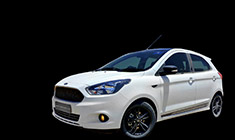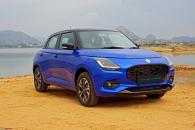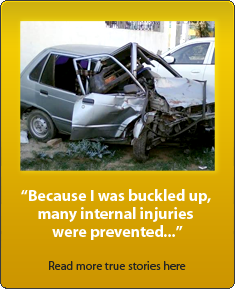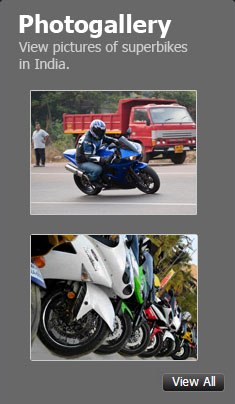News
Modern car interiors sans touchscreen would look like an old Boeing 747
Though he isn't a "big fan" of touchscreens, he does believe them to be the right answer in today's vehicles.
Touchscreens aren't the most popular thing in cars, with many carmakers even bringing back physical buttons and switches to control various features. However, with the increasing number of features on offer, touchscreens do help consolidate their controls while simplifying the dashboard and the cabin.
Klaus Busse, Global Head of Design, Maserati, recently shared his thoughts on touchscreens in modern cars. He stated, "We use screens because there are so many features in a car that if I were to put a button for everything, the cabin would look like an old 747." Further adding, "The idea is to organize things in a screen that only presents to the driver what they need at that moment."
Busse went on to mention that though he isn't a "big fan" of touchscreens, he does believe them to be the right answer in today's vehicles. He mentioned how screen placement & the information displayed must reinforce the brand's driving enjoyment while minimising distractions. When asked whether his perfect interior would have a screen, Busse said, "Yes, you know, when I say I’m not a big fan [of screens] it doesn’t mean I would do something different with the interiors. I think [the screen] is the right answer."
Busse mentioned, "But where do we put the screen? Maserati puts it in a position that if you have your hands on the steering wheel, you can let your hand fall on the screen."
He added, "I don’t want the driver to move their shoulder out of the seat to reach for the screen and lose the perfect driving position. It’s not up here [atop the dash] where it is in most other cars because I don’t want the screen to visually distract the driver. As a species, we react to movement. The last thing I want [as a designer] is movement in your peripheral view to distract you from what you’re supposed to enjoy, which is the Maserati driving experience. From a distraction point of view and ease point of view, that’s why we move screens down low."
Source: TheDrive



















